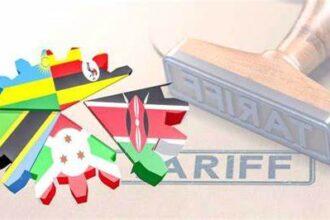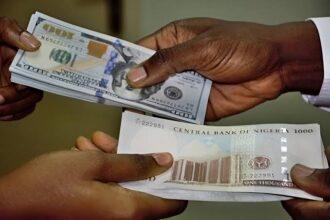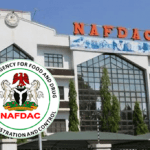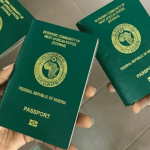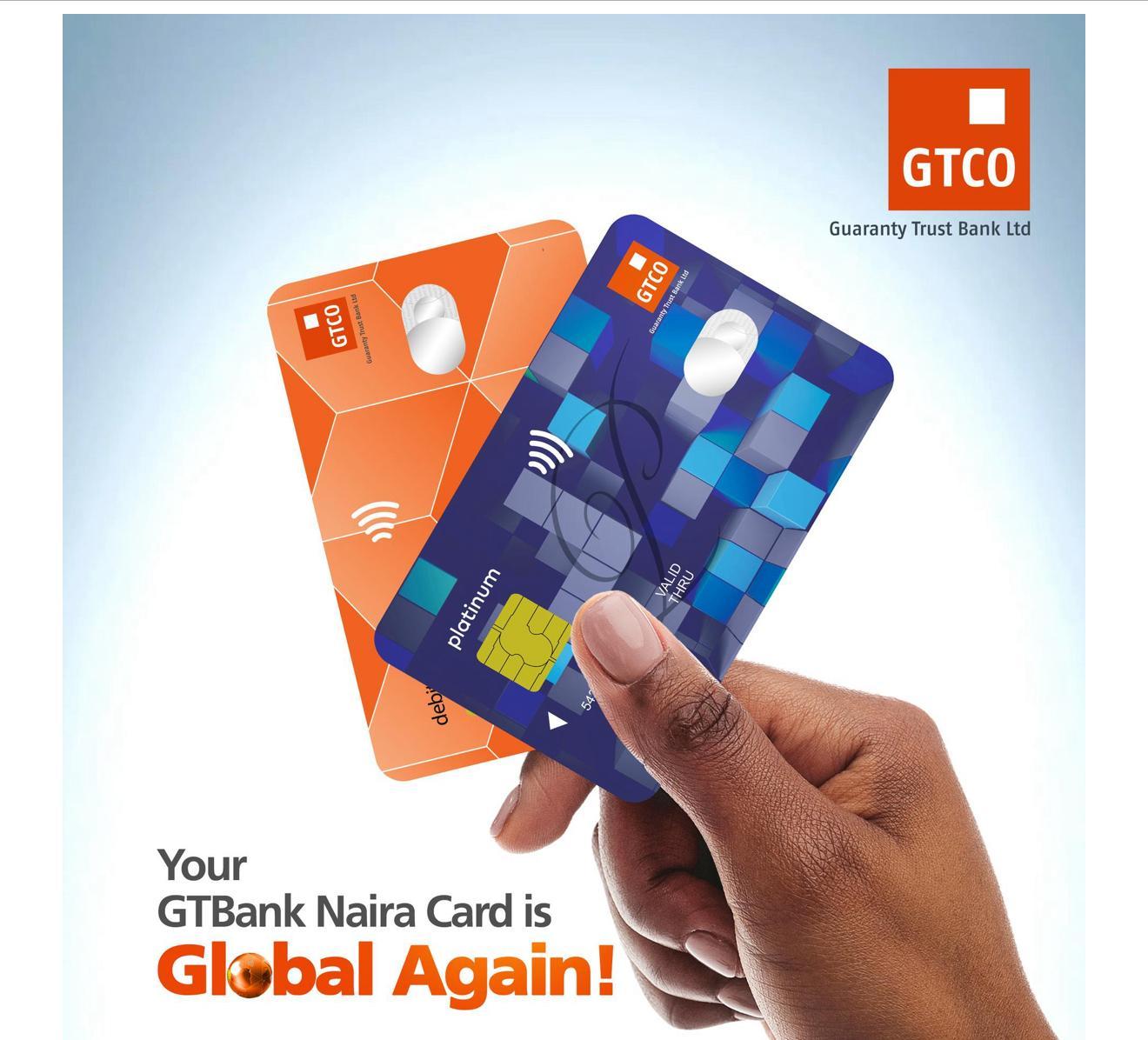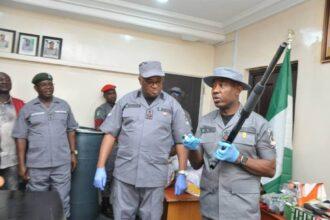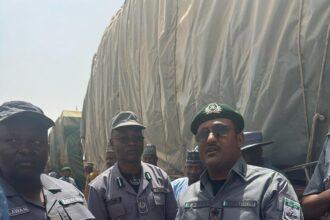We took a look at quick current affairs on Nigerian Naira. These questions and answers will guide you to have a quick Knowledge of the evolution of Nigerian Naira.
Question: When did Nigeria changed from pounds to naira?
Answer: The naira was introduced in 1973, when the country decimalized its monetary system and substituted the naira for the Nigerian pound (the country used the British pound sterling when it was a British colony), which was divided into shillings.
Question: What currency was used in Nigeria before naira?
Answer: Nigerian pound
Question: Who introduced naira and Kobo in Nigeria?
Answer: The Central Bank of Nigeria. On January 1, 1973, the Central Bank of Nigeria introduced notes for 50 kobo, 1, 5, 10 and 20 naira. The 50 kobo notes were last issued in 1989.
Questions: When did Nigeria introduced paper currency?
Answer: On 1st July, 1959 the Central Bank of Nigeria (CBN) issued Nigerian currency banknotes, while the WACB-issued banknotes and coins were withdrawn.
Question: Who introduced 1000 naira note?
Answer: The one thousand-naira note was introduced in October 2005. On 12 October 2005, Olusegun Obasanjo launched the ₦ 1000 note.
Question: Why did Nigeria stop using coins?
Answer: A monumental decrease in the value of the Naira caused 1 NGN to be almost worthless. People could no longer transact with smaller denominations as the value had dropped. So the coin currency slowly faded into non-existence.
Question: When was the last Nigeria coin spent?
Answer: The deadline for exchanging the old currency was set at 31 May 2007. The central bank stated that the 1⁄2 to 25 kobo coins were withdrawn from circulation with effect from 28 February 2007.
Question: When did Nigeria change her currency to naira and kobo?
Answer: It wasn’t until 1973 that the Nigerian government changed the currency metric to decimals (from pounds), named the new Nigerian currency “naira,” and with it, immediately replaced the inherited British currency. From then on, the naira became the major monetary unit and the kobo the minor unit.
Question: How many denomination of money do we have in Nigeria?
Answer: The currency structure comprises of three coin denominations (50k, ₦1, and ₦2), eight banknote denominations (₦5, ₦10, ₦20, ₦50, ₦100, ₦200, ₦500 and ₦1000) and Central Bank Digital Currency (eNaira).
Question: Where did they print Nigeria money?
Answer: The Nigerian Security Printing and Minting Company Limited Plc is the Nigerian banknote printer and mint. It is located in both Abuja and Lagos and is majority-owned by the government of Nigeria. In addition to printing the banknotes and the postal orders of Nigeria, it has struck some of the coins of Nigeria.
Question: Does Nigeria print her own currency?
Answer: Naira notes and coins are printed / minted by the Nigeria Security Printing and Minting (NSPM) Plc and sometimes, other overseas companies, and issued by the CBN. Currency is issued to Deposit Money Banks (DMBs) through the branches of the CBN and unfit notes retrieved through the same channel.
Question: Who is the owner of CBN?
Answer: The Central Bank of Nigeria (CBN) is the central bank and apex monetary authority of Nigeria established by the CBN Act of 1958 and commenced operations on July 1, 1959. It is 00% owned by Nigerian federal government with its headquarters in Abuja, FCT, Nigeria.




